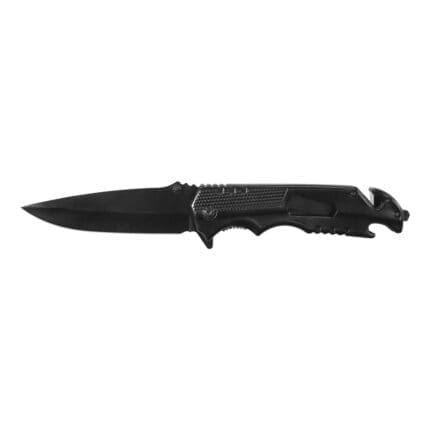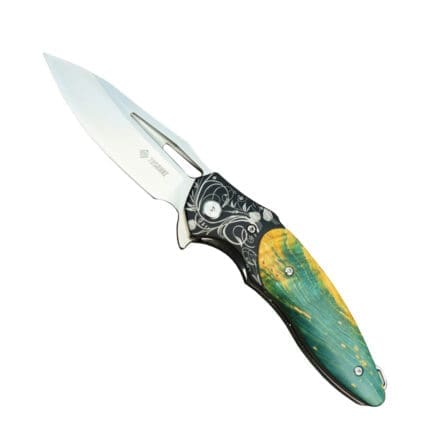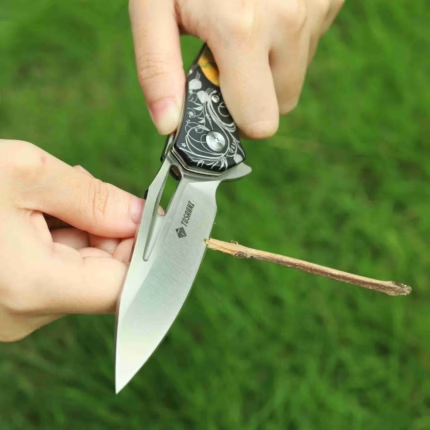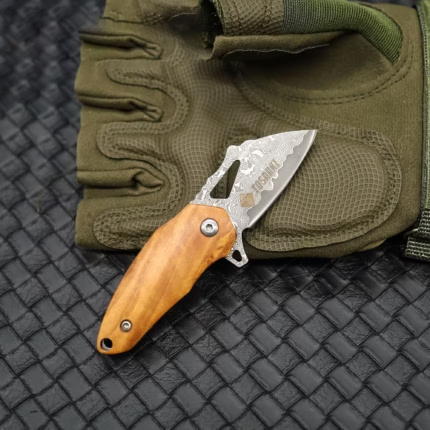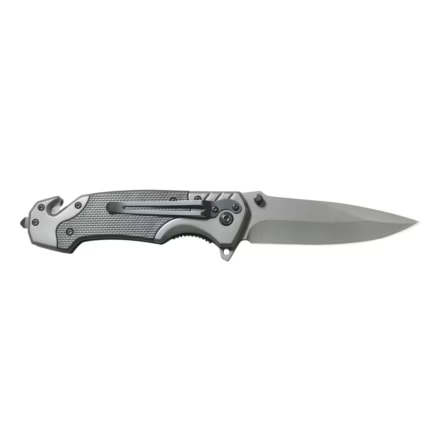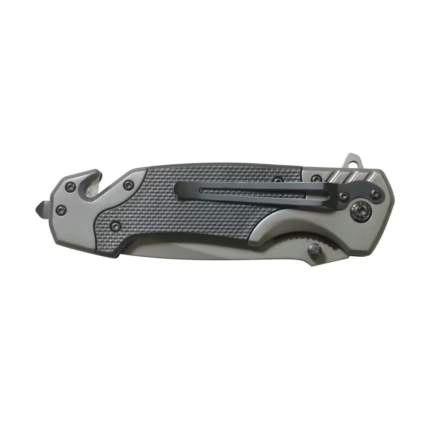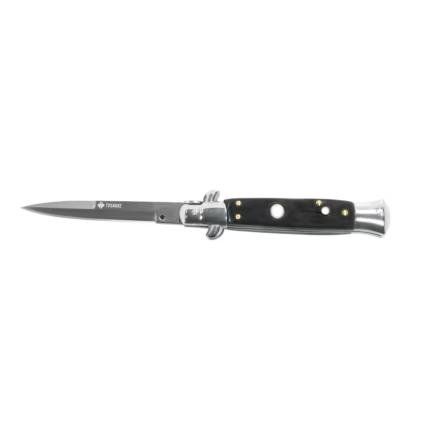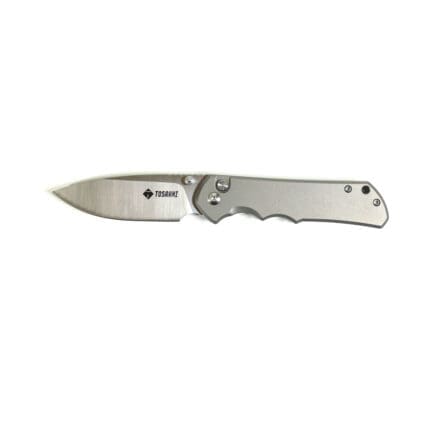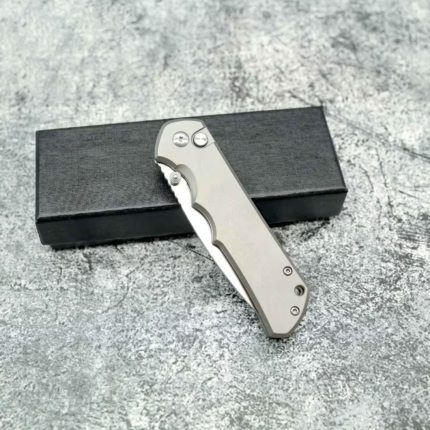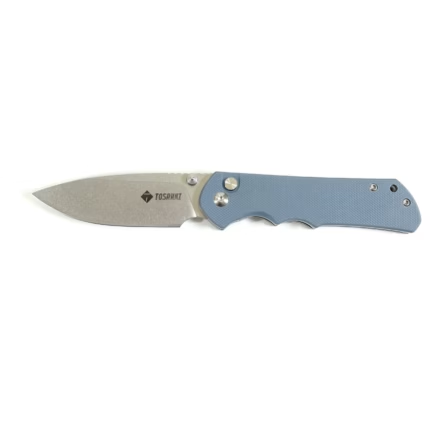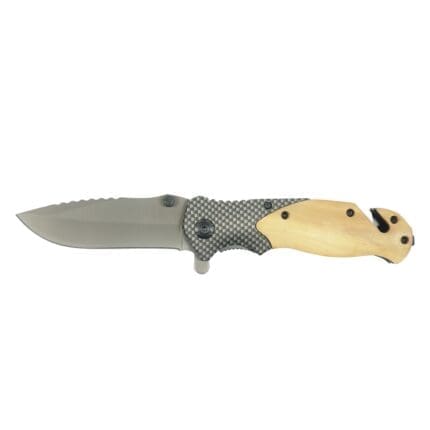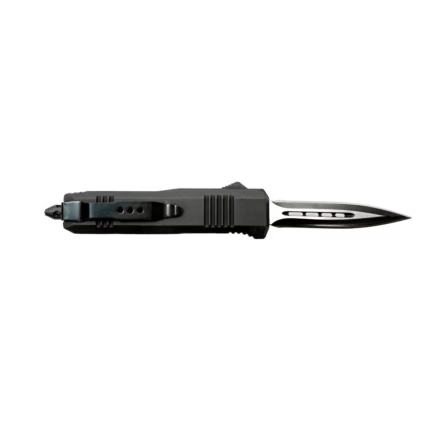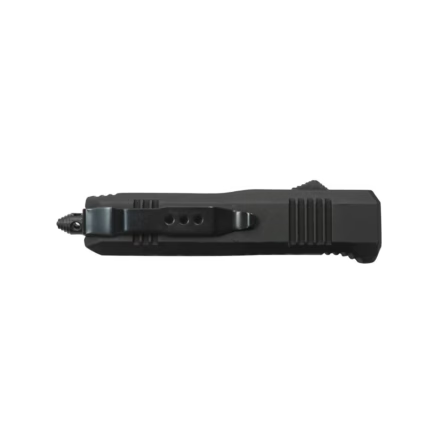Everyday Carry (EDC) Knives
Discover our selection of Everyday Carry (EDC) Knives, designed for reliability, convenience, and versatility in your daily routine. Whether you’re using them to open packages, cut cords, or tackle unexpected tasks, our EDC knives are the perfect tool to have on hand when you need them most.
Crafted from durable materials such as stainless steel and high-carbon steel, these knives are built to withstand everyday wear and tear while maintaining a sharp, precise edge. With compact and lightweight designs, our EDC knives are easy to carry, fitting comfortably in your pocket or attached to your belt, ready for quick access whenever necessary.
From folding knives that offer portability and safety to fixed blade knives for a more robust, no-nonsense tool, our EDC knives come in various styles and sizes to meet your needs. Each knife is designed with ergonomics in mind, ensuring a secure grip and comfortable handling, even during extended use.
Whether you’re looking for a practical, everyday utility knife or a more tactical self-defense tool, our EDC knives offer the perfect balance of functionality, durability, and portability. Please browse our collection to find the ideal knife to accompany you daily, ensuring you’re prepared for whatever comes your way.







